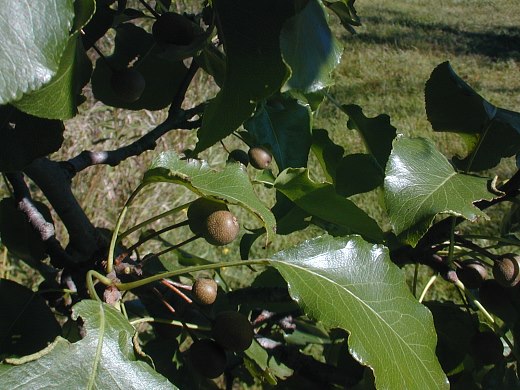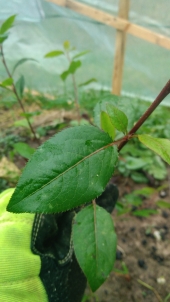












Iterations are fine, we don't have to be perfect
My 2nd Location:Florida HardinessZone:10 AHS:10 GDD:8500 Rainfall:2in/mth winter, 8in/mth summer, Soil:Sand pH8 Flat




For unlimited return on all your investments - Make your deposits at 'The Entangled Bank' !








Marianne
check us out @ www.cricketscove.net

 1
1




For unlimited return on all your investments - Make your deposits at 'The Entangled Bank' !




Marianne
check us out @ www.cricketscove.net

















 1
1




"To oppose something is to maintain it" -- Ursula LeGuin




Mandrake...takes on and holds the influence
of the devil more than other herbs because of its similarity
to a human. Whence, also, a person’s desires, whether good
or evil, are stirred up through it...
-Hildegard of Bingen, Physica
 1
1




Other people may reject you but if you lie in the forest floor for long enough the moss and fungi will accept you as one of their own!




S Bengi wrote:Both the leaves and the fruit screams pear 101%

Background, Life HistoryCallery pear (Pyrus calleryana) is a deciduous tree, more commonly known as ‘Bradford pear.’ Native to China, it was first brought to the United States in 1917 for hybrid-ization experiments to improve disease resistance of the common fruiting pear. The Bradford cultivar was widely planted as a promising new ornamental during the 1950s. Since then, many other cultivars were developed. While individual cultivars are considered self-sterile, dif-ferent cultivars planted in close proximity cross-pollinate and produce fruits and viable seed. Shoots from root-stock developed with varying genotypes are also able to cross pollinate with the original tree. Spread occurs when the fruit of these hybrids is eaten and distributed by birds and other animals

| I agree. Here's the link: http://stoves2.com |





